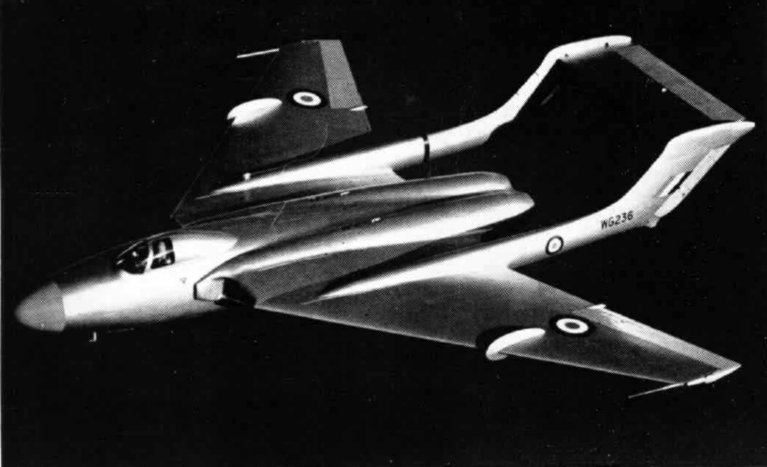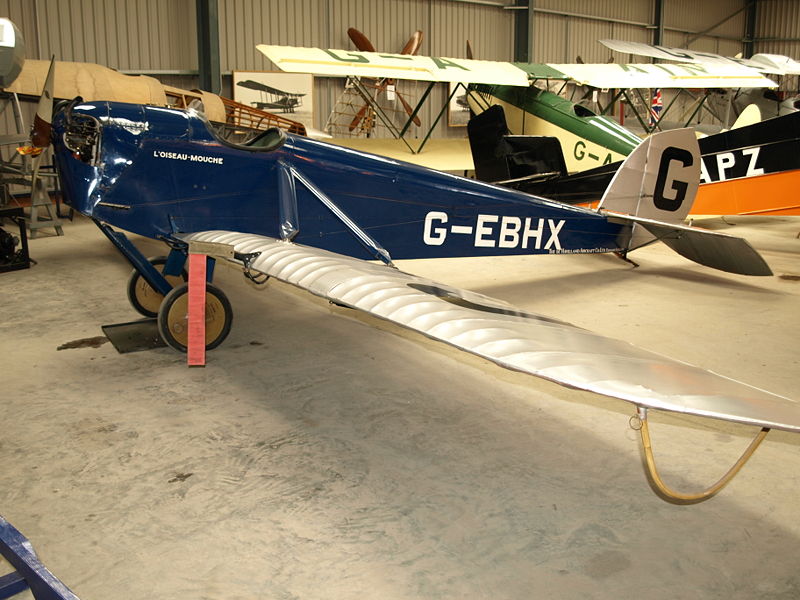With the Reno Air Races underway, its worth mentioning that the National Transportation Safety Board (NTSB) had recently determined that the official cause of the September 16, 2011 crash of “The Galloping Ghost” (which killed the pilot along with 10 spectators plus injured more than sixty others) were deteriorated locknut inserts which allowed the trim  tab attachment screws to become loose and initiated fatigue cracking in one screw. With the reduced stiffness in the elevator trim system, aerodynamic flutter (at racing speed) broke the trim tab linkages and caused a loss of control.
tab attachment screws to become loose and initiated fatigue cracking in one screw. With the reduced stiffness in the elevator trim system, aerodynamic flutter (at racing speed) broke the trim tab linkages and caused a loss of control.
However, that’s only part of the story as it was also noted that the nearly 70-year-old airplane had undergone numerous and undocumented modifications intended to increase its speed. Some of the (known) modifications included:
- Shortening of the wings.
- The installation of a boil-off cooling system for the engine.
- Increasing the elevator counterweights.
- A modification of the pitch trim system.
- Changing the incidence of the horizontal and vertical stabilizers.
And while the FAA is required to be notified (in writing) of major changes like the ones mentioned above, only the installation of the boil-off cooling system had been documented with the rest of the modifications being identified by looking at the wreckage examinations, examining photographs of the aircraft and interviewing the ground crewmembers.
Its worth noting that Paul Bertorelli’s lengthy commentary about the crash investigation results that he wrote for AVWeb is well worth a read because he began by writing:
It’s not much of an exaggeration, in my estimation, to assert that before it even took off, Galloping Ghost’s survival in the race was in question. The NTSB found that it was flying at the very edge of its structural and performance envelope, if not well beyond it
Paul added that the accident could have been avoided if the owners had examined the risks critically as well as conducted more flight testing plus (and as the NTSB suggested) the Reno Air Racing Association needs better technical oversight of the aircraft flying in the event (which it has already agreed to).
In addition, there is still some questions about the accident that will always remain a mystery. For example: Paul wrote that in lap two of the accident race, imagery showed deformation in the aircraft’s skin which is indicative of overloading along with a visible crack or gap opened in the canopy that should have been visible to the pilot. Likewise, the exact cause of the flutter will never be known as it could have been triggered by wake turbulence from the proceeding aircraft or simply caused the structure of the aircraft already being on its last legs.
Meanwhile, Organizers of the Reno National Championship Air Races have also established a $77 million fund that will be distributed based on the same system used to compensate 9/11 victims to those who suffered injuries or lost family members as a result of the tragedy. Compensation will be based on categories of injuries, including:
- $15,000 for bruises and cuts.
- $45,000 for moderate injuries (e.g broken bones, torn tendons etc.).
- $75,000 for major injuries (e.g. surgery required, third-degree burns etc.).
Finally, if you want to read the full NTSB statement about the crash, click here (or here for the synopsis).




 Not to downplay the tragic death of Mr. Roche, its worth noting that only 15 de Havilland Humming Birds were ever built back in the 1920s. Specifically and in October 1923 after seeing a prototype, the Air Ministry ordered eight Humming Birds to be used as communications and training aircraft for the RAF plus others were built for export.
Not to downplay the tragic death of Mr. Roche, its worth noting that only 15 de Havilland Humming Birds were ever built back in the 1920s. Specifically and in October 1923 after seeing a prototype, the Air Ministry ordered eight Humming Birds to be used as communications and training aircraft for the RAF plus others were built for export.